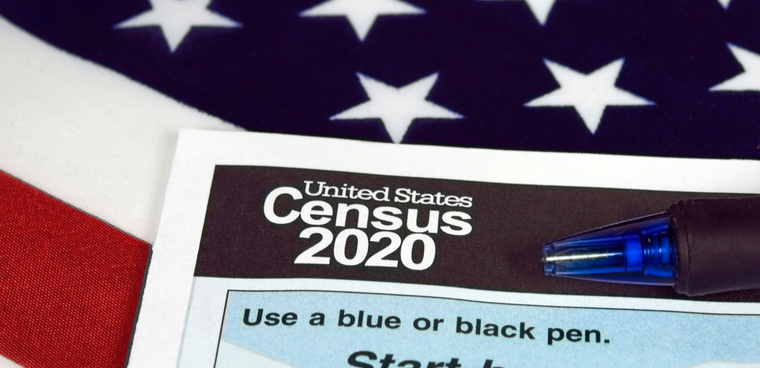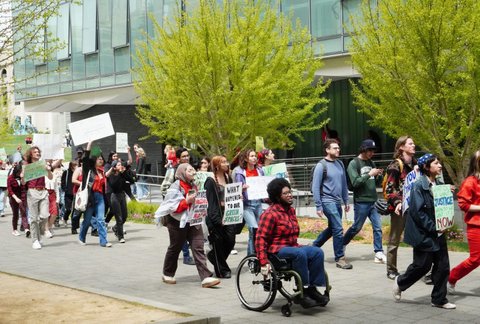
20 Jun Fears of Undercounting People of Color Rise Before 2020 Census

By Michael J. Fitzgerald
Combatting a predicted major undercounting of people of color in the 2020 U.S. Census was the focus of a national roundtable discussion, featuring key representatives of civil rights and voting rights organizations, earlier this month.
In sometimes heated presentations, representatives of the Fair Immigration Reform Movement (FIRM), the National Association of Latino Elected and Appointed Officials, the National Urban League, Asian Americans Advancing Justice (AAAJ) and the New York Immigration Coalition hammered home how important a full count will be.
“We are not going to stand by and be undercounted,” Jeri Green of the Urban League said.
Part of the concern expressed repeatedly in the national teleconference was the possibility that the 2020 census will include a question inquiring about a person’s citizenship status. The U.S. Supreme Court is expected to soon take up whether to allow the question in response to legal challenges opposing its inclusion.
“But even if it doesn’t get put on the census, just the discussion of it has already done harm,” John Yang of the AAAJ said.
The harm, he explained, is that people who are already skittish about government in general — or their citizenship status — are less likely to fill out any census form, thinking it might put them at risk.
Steven Choi of the New York Immigration Coalition said that the most effective strategy will be to have as much person-to-person contact with individuals to convince them to fill out the census because of its importance in determining federal funds and national representation.
“Clearly the Trump administration effort (wanting the citizenship question included on census forms) strikes hardest at immigrant-rich states,” he said.
In New York state, the Congressional delegation is bracing for a likely lost of two seats.
“And in terms of money and power, for every person lost — or not counted — it’s estimated to cost the state about $3,000 per person,” Choi said.
That’s money lost to all manner of public spending.
This year’s census will also be the first to extensively use the internet and online data gathering, in addition to the normal door-to-door census takers. The Census Bureau is planning to send out an electronic request to 80% of U.S. households, expecting a response rate of about 45%. Non-responsive households will eventually be mailed a paper census form to fill out.
Eventually, if no response is forthcoming, a census bureau field worker will be dispatched to contact the household in person or via telephone.
The consensus among the teleconference panelists was that if the citizenship question is included in the census, people should answer it and not leave it blank.
“You really must answer,” Choi said. “There are legal ramifications.”
Panel moderator Beth Lynk, census counts campaign director for The Leadership Conference on Civil and Human Rights, said her organization is worried about an undercount of as high as 4 million minorities with a possible concomitant over count of Caucasians.
“Everyone relies on census data,” she said.
Sulma Arias of FIRM said her organization is already holding community meetings, engaging people of color online, and getting the word out about how important this census will be.
“This is an attack on our rights to fair representation,” she said. “We refused to be erased.”
In Contra Costa County, a public awareness campaign about the census began in April.
Supervisor and chair of the county board John Gioia said the 2020 census “impacts every Contra Costa resident in how each of us is served and represented,” which is why the county and the Complete Count Steering Committee are launching a major public engagement effort.






No Comments